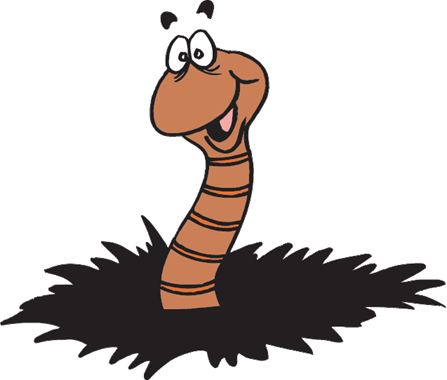My definition of permaculture is "Integrating natural energy flow and tendencies into your home, yard, and garden to make them more sustainable, efficient, and productive".
Permaculture is a more thoughtful, not necessarily more labor intensive, way of gardening. Although more effort may be needed initially, a properly designed permaculture garden will be much less resource intensive (both in labor and monetary inputs) over time.
Designing for low input means low input of anything: money, time, labor, water, soil, fertilizer, pesticides, etc. The goal of permaculture is to design systems so they are in balance and need no or little input to be sustainable.Low input should not be considered lazy design. If it requires less labor in the long run because your design is more creative, observant, and thoughtful, how is this bad?
This often means being flexible to adapt to failures and changing conditions. If a type of plant is not working in that location (soil type, light, moisture, then you can work to change the conditions or use a different plant there. This is a common theme for my yard and garden-- trial and error to learn what works best where. I am constantly moving plants (and losing some) as I learn the microclimates and microsoil conditions of my own yard. I consider these to be minor tweaks to the system and part of the natural process. Eventually, I will find the optimal location for a plant and there it will stay. If a plant is not happy where you have it-- do some investigating and move it.
The bottom line is that we should be working with nature rather than against it, and Looking to nature for lessons.
Check your local adult education office for courses on permaculture (http://www.maineadulted.org/).
Cheers,
Mark


No comments:
Post a Comment